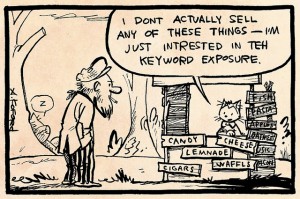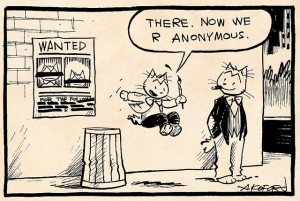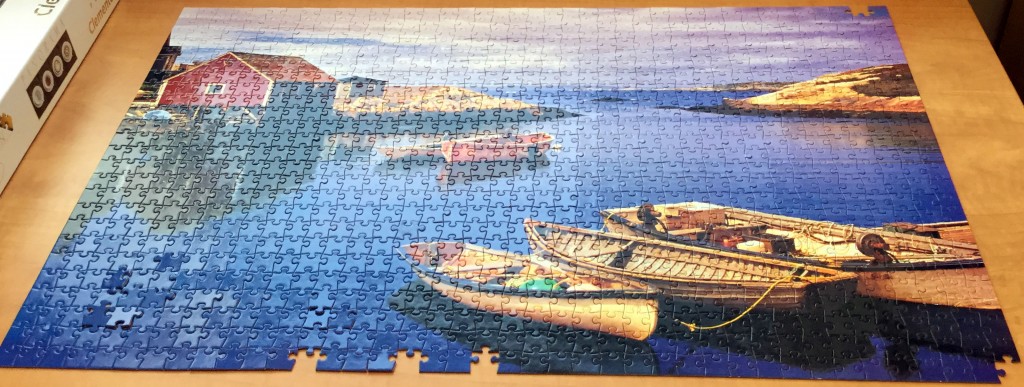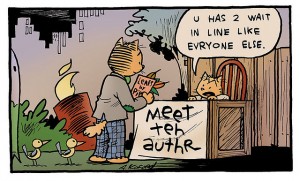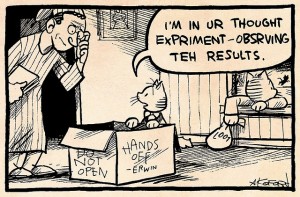Researchers use lab notebooks to keep a daily record of their work, exactly as it happened. Lab notebooks are treated as if they are written in stone since you are not supposed to change a previous entry in any way. The lab notebook serves as proof and a complete permanent record of what was done, enabling researchers to write up their work, defend authorship and patents, remain organized, and teach others.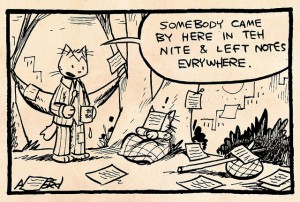 Best practices for recording information in lab notebooks were discussed in a “CHEE 687: Research Skills and Ethics” lecture, and consist of:
Best practices for recording information in lab notebooks were discussed in a “CHEE 687: Research Skills and Ethics” lecture, and consist of:
- Employing a bound notebook made with acid-free paper;
- Writing in permanent ink;
- Dating your entries and signing them at the end of the day;
- Recording hypotheses, the plan for experiments, step-by-step procedures, all results observed, the use and location of materials, the calibration of instruments if applicable, etc., basically including as many details as possible so that another person can understand and reproduce your work;
- Never removing pages, rather drawing a line through blank pages if you skipped some, and drawing lines through errors made when writing and initializing the strikethroughs;
- Consecutively numbering the pages of your notebook;
- Organizing content using headings and dividing it into sections when appropriate;
- Attaching images and printouts of raw data to a notebook using glue;
- Summarizing what you have done periodically; and
- Reporting discussions with others about your work, including the names of the individuals.
This is the fifth in a series of weekly posts about topics relating to research skills and ethics. Stay tuned for the next post in the series, which will be about effective presentation styles for explaining your work to different audiences.
Image from the Laugh-Out-Loud Cats cartoon strip by Adam “Ape Lad” Koford (creative commons license)

